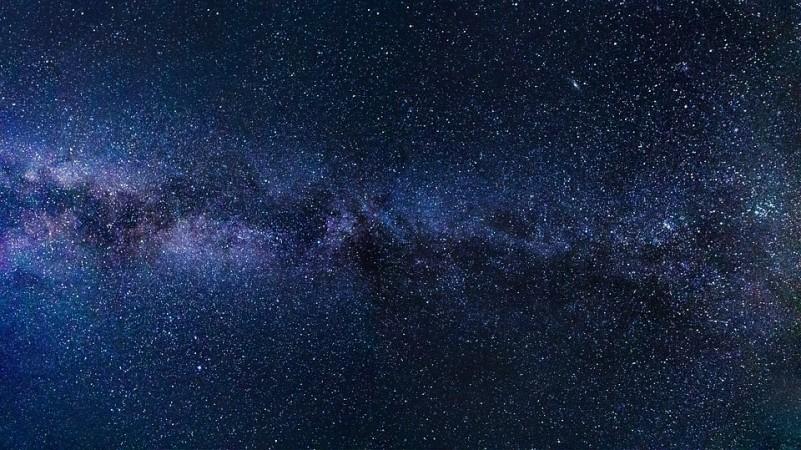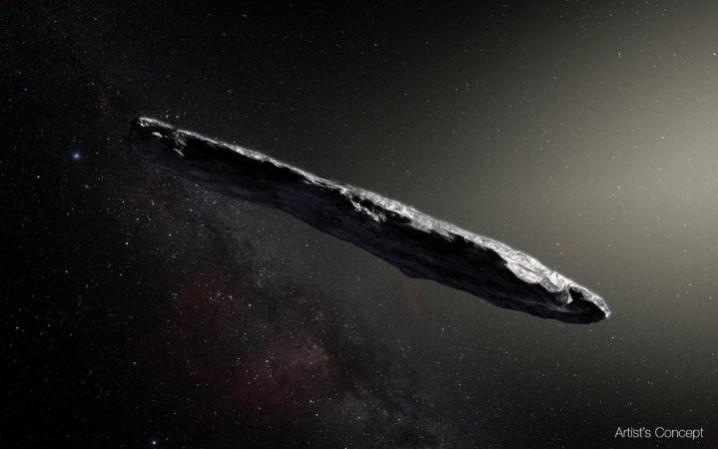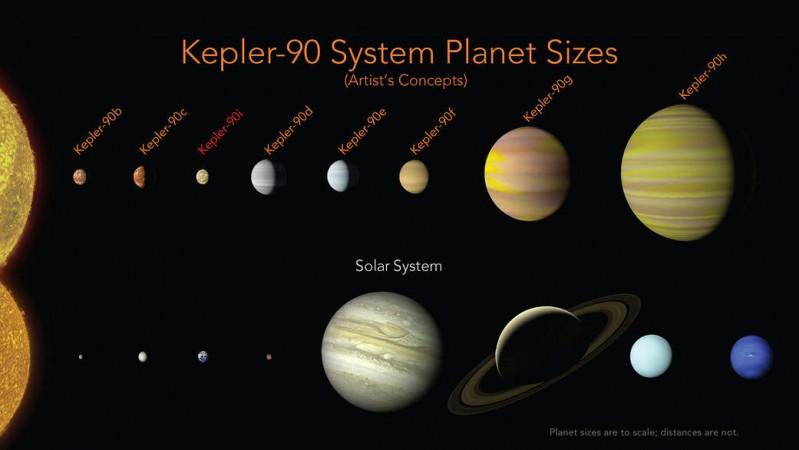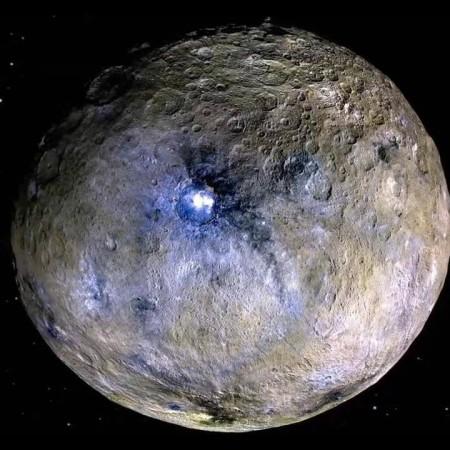
The year 2017 has been eventful for astronomers as numerous amazing discoveries in the space were made this year.
Here are the top space events and findings which took place this year:
1. Farming could be possible on Mars:

Researchers from Wageningen University and Research (WUR), Netherlands, found that human colonisation on Mars could be possible as they succeeded in growing two worms in Martian soil in a pioneering experiment. The researchers had created synthetic Martian soil using volcanic terrestrial rocks, this gave the researchers a hope that growing crops on the Red Planet could be possible one day.
ALSO READ: New findings on interstellar cigar-shaped space rock Oumuamua debunk many speculations
Worms play a crucial role in growing crops and this experiment led to the finding that in comparison to Earth's soil, the worms seem to work better in the Martian soil.
2. Farthest supermassive black hole

Astronomers found the farthest known supermassive black hole whose mass is 800 million times the mass of the Sun. The researchers found that the mass of the supermassive black hole was too huge for its age.
ALSO READ: Do you know what 'Pussypedia' is?
"This black hole grew far larger than we expected in only 690 million years after the Big Bang, which challenges our theories about how black holes form," said study co-author Daniel Stern of NASA's Jet Propulsion Laboratory in Pasadena, California.
According to astronomers, some special conditions must be required for the rapid growth of black holes and become so huge in the early universe.
ALSO READ: NSW Health warns doctors against using offensive terms like 'obese'
3. Mysterious interstellar space rock passes through our solar system

In a pioneering finding made by astronomers using Pan-STARRS 1 telescope in Hawaii, the first-ever confirmed interstellar object in recorded history was unearthed. The space rock has been dubbed Oumuamua, which is 400 metres long, rocky and cigar-shaped. The space rock has a reddish hue and astronomers speculated it to be an alien starship.
ALSO READ:'Sperm bandits' gangrape male hitchhiker in South Africa
Even Stephen Hawking commented about this space rock with a peculiar shape. "Researchers working on long-distance space transportation have previously suggested that a cigar or needle shape is the most likely architecture for an interstellar spacecraft since this would minimise friction and damage from interstellar gas and dust," he said.
Further research is being conducted on this interstellar space rock by the astronomers.
4. NASA discovered a mini solar system with the help of Google AI

Scientists discovered the eighth planet orbiting a star dubbed Kepler-90 by applying Google's artificial intelligence or AI to the data from NASA's Kepler Space Telescope. Kepler-90 is located in constellation Draco and is similar to the Sun.
ALSO READ: At $22 million a year, is Pentagon still hunting UFOs?
The planet discovered is dubbed Kepler-90i, which is hot and rocky. It orbits its parent star once in every 14.4 days. Kepler-90i was found using machine learning which is an approach to artificial intelligence in which computers "learn" from Google
This finding revealed that other stars similar to the Sun exist too that can host a crowded planetary system.
ALSO READ: This braveheart toddler battles rare condition - slowly suffocated by her massive tongue
"In this case, computers mastered the techniques of identifying exoplanets by finding in Kepler data instances where the telescope recorded signals from such elusive objects outside our solar system," an IBTimes report revealed.
5. Dwarf planet Ceres found to be evolving

ALSO READ: UFOs in 2017: Major sightings that were covered by main media [WATCH VIDEO]
Astronomers had previously believed that dwarf planet Ceres was a dead world but the images sent by NASA's Dawn spacecraft proved the belief to be wrong. Hundreds of mysterious bright spots were seen in the photos which pointed towards the planet being an evolving world.
"The mysterious bright spots on Ceres, which have captivated both the Dawn science team and the public, reveal evidence of Ceres' past subsurface ocean, and indicate that, far from being a dead world, Ceres is surprisingly active," Carol Raymond, deputy principal investigator of the Dawn mission, said in a statement.
"Geological processes created these bright areas and may still be changing the face of Ceres today," he added.
ALSO READ: Do you know what 'Pussypedia' is?














